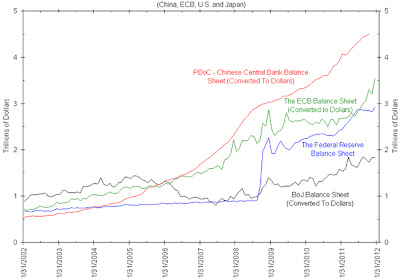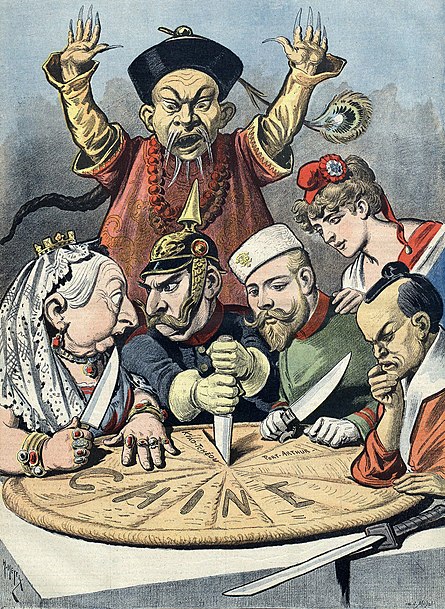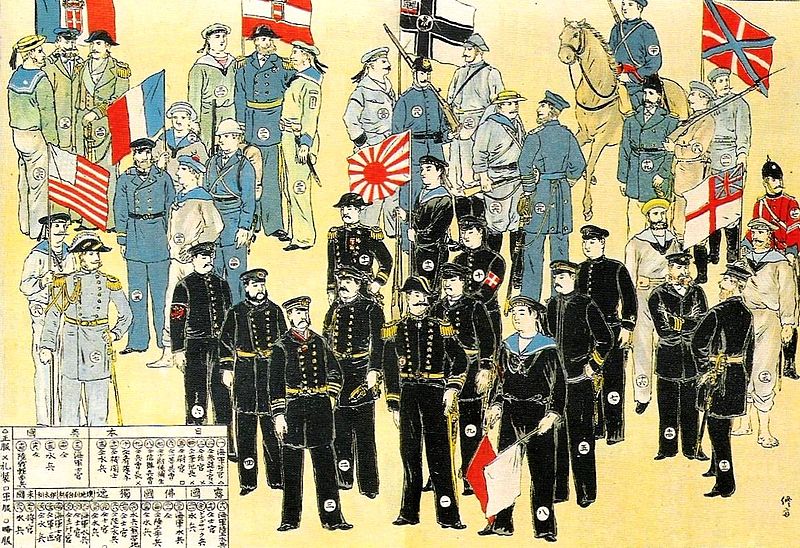1997 Asian financial crisis
From Wikipedia, the free encyclopedia
Jump to: navigation, search

The countries most affected by the 1997 Asian financial crisis.
The Asian financial crisis was a period of financial crisis that gripped much of Asia beginning in July 1997, and raised fears of a worldwide economic meltdown due to financial contagion.
The crisis started in Thailand with the financial collapse of the Thai baht after the Thai government was forced to float the baht (due to lack of foreign currency to support its fixed exchange rate), cutting its peg to the U.S. dollar, after exhaustive efforts to support it in the face of a severe financial overextension that was in part real estate driven. At the time, Thailand had acquired a burden of foreign debt that made the country effectively bankrupt even before the collapse of its currency. As the crisis spread, most of Southeast Asia and Japan saw slumping currencies, devalued stock markets and other asset prices, and a precipitous rise in private debt.[1]
Though there has been general agreement on the existence of a crisis and its consequences, what is less clear are the causes of the crisis, as well as its scope and resolution. Indonesia, South Korea and Thailand were the countries most affected by the crisis. Hong Kong, Malaysia, Laos and the Philippines were also hurt by the slump. The People's Republic of China, Pakistan, India, Taiwan, Singapore, Brunei and Vietnam were less affected, although all suffered from a loss of demand and confidence throughout the region.
Foreign debt-to-GDP ratios rose from 100% to 167% in the four large Association of Southeast Asian Nations (ASEAN) economies in 1993–96, then shot up beyond 180% during the worst of the crisis. In South Korea, the ratios rose from 13 to 21% and then as high as 40%, while the other northern newly industrialized countries fared much better. Only in Thailand and South Korea did debt service-to-exports ratios rise.[2]
Although most of the governments of Asia had seemingly sound fiscal policies, the International Monetary Fund (IMF) stepped in to initiate a $40 billion program to stabilize the currencies of South Korea, Thailand, and Indonesia, economies particularly hard hit by the crisis. The efforts to stem a global economic crisis did little to stabilize the domestic situation in Indonesia, however. After 30 years in power, President Suharto was forced to step down on 21 May 1998 in the wake of widespread rioting that followed sharp price increases caused by a drastic devaluation of the rupiah. The effects of the crisis lingered through 1998. In 1998 the Philippines growth dropped to virtually zero. Only Singapore and Taiwan proved relatively insulated from the shock, but both suffered serious hits in passing, the former more so due to its size and geographical location between Malaysia and Indonesia. By 1999, however, analysts saw signs that the economies of Asia were beginning to recover.[





 Reply With Quote
Reply With Quote can someone well versed in this area explain to us layman how does money printing works and who can print money freely and why?
can someone well versed in this area explain to us layman how does money printing works and who can print money freely and why?









